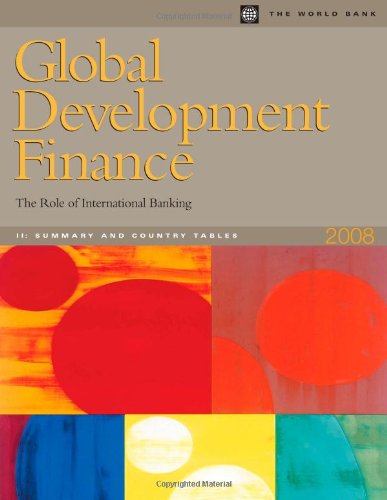Answered step by step
Verified Expert Solution
Question
1 Approved Answer
o Jerry Stevenson is the manager of a medical clinic in Scottsdale, AZ. He wants to analyze patient data to identify high-risk patients for cardiovascular
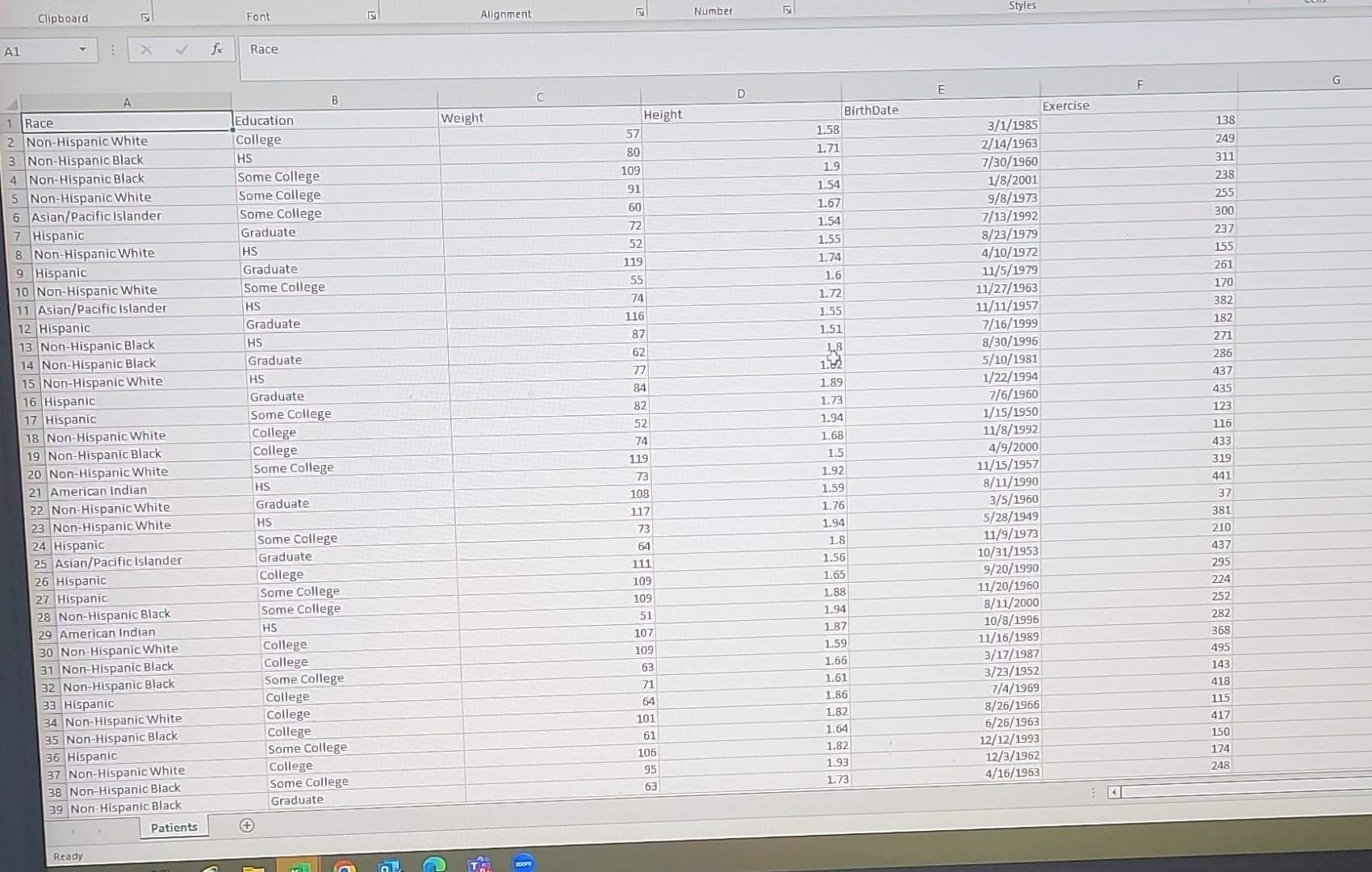
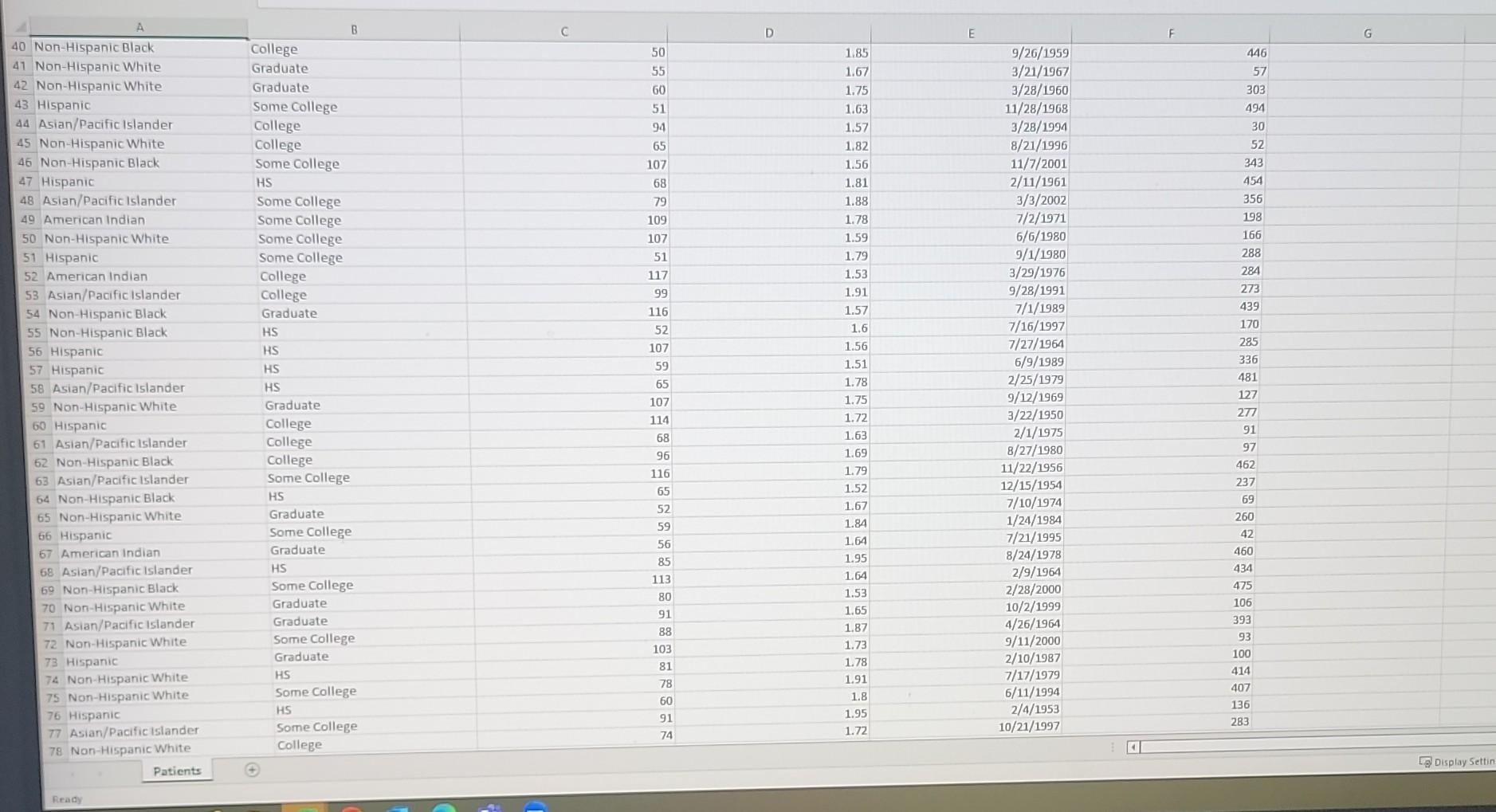
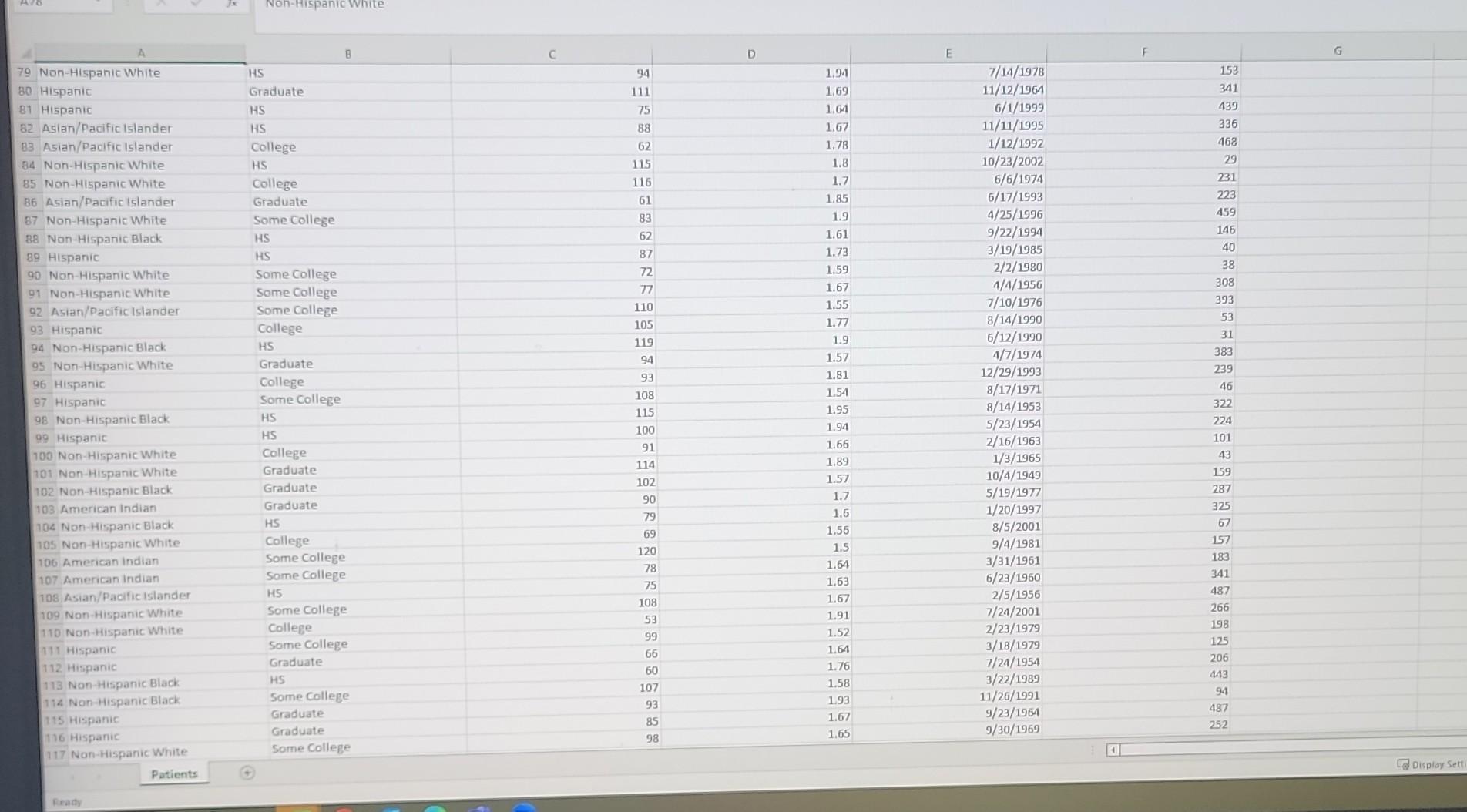

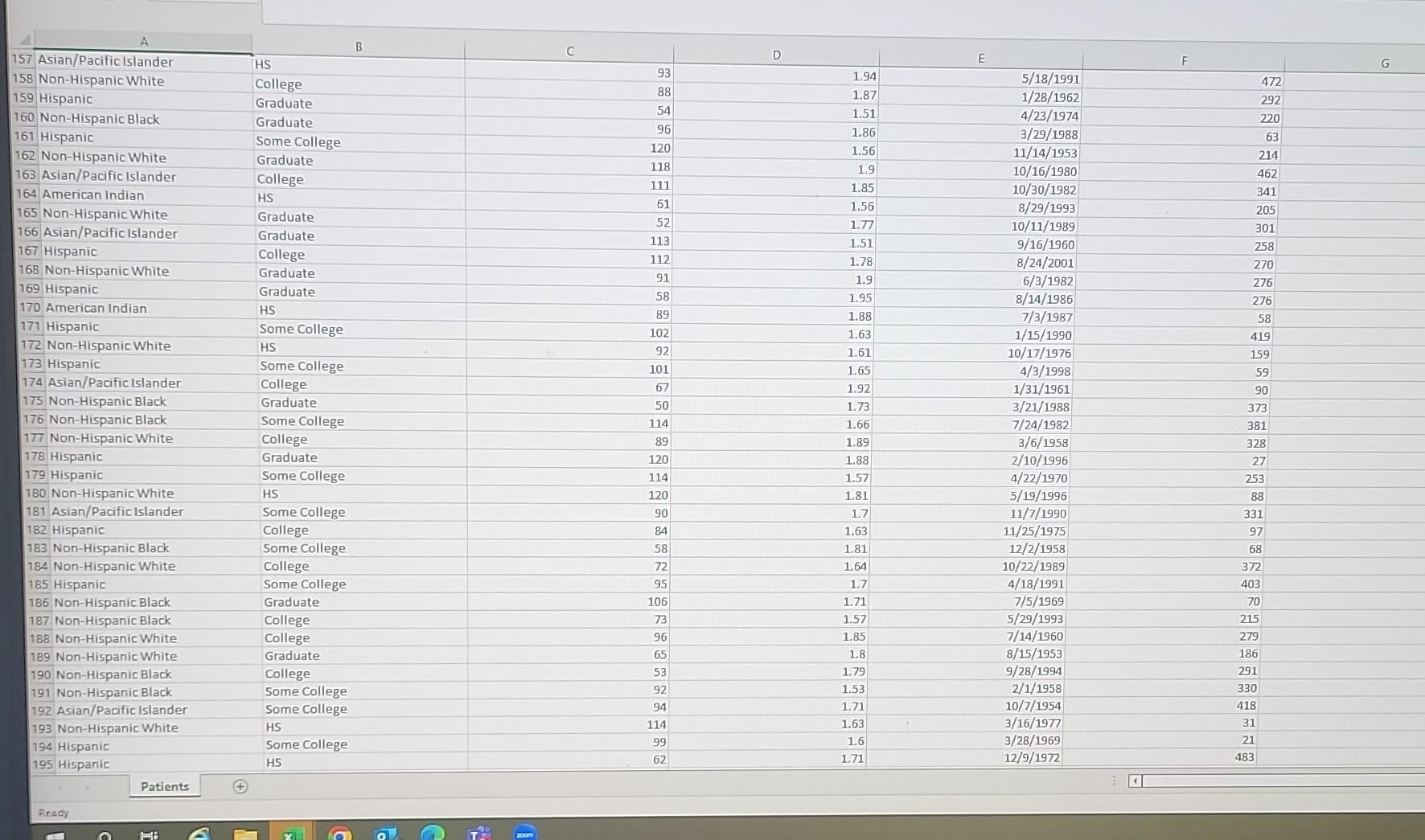
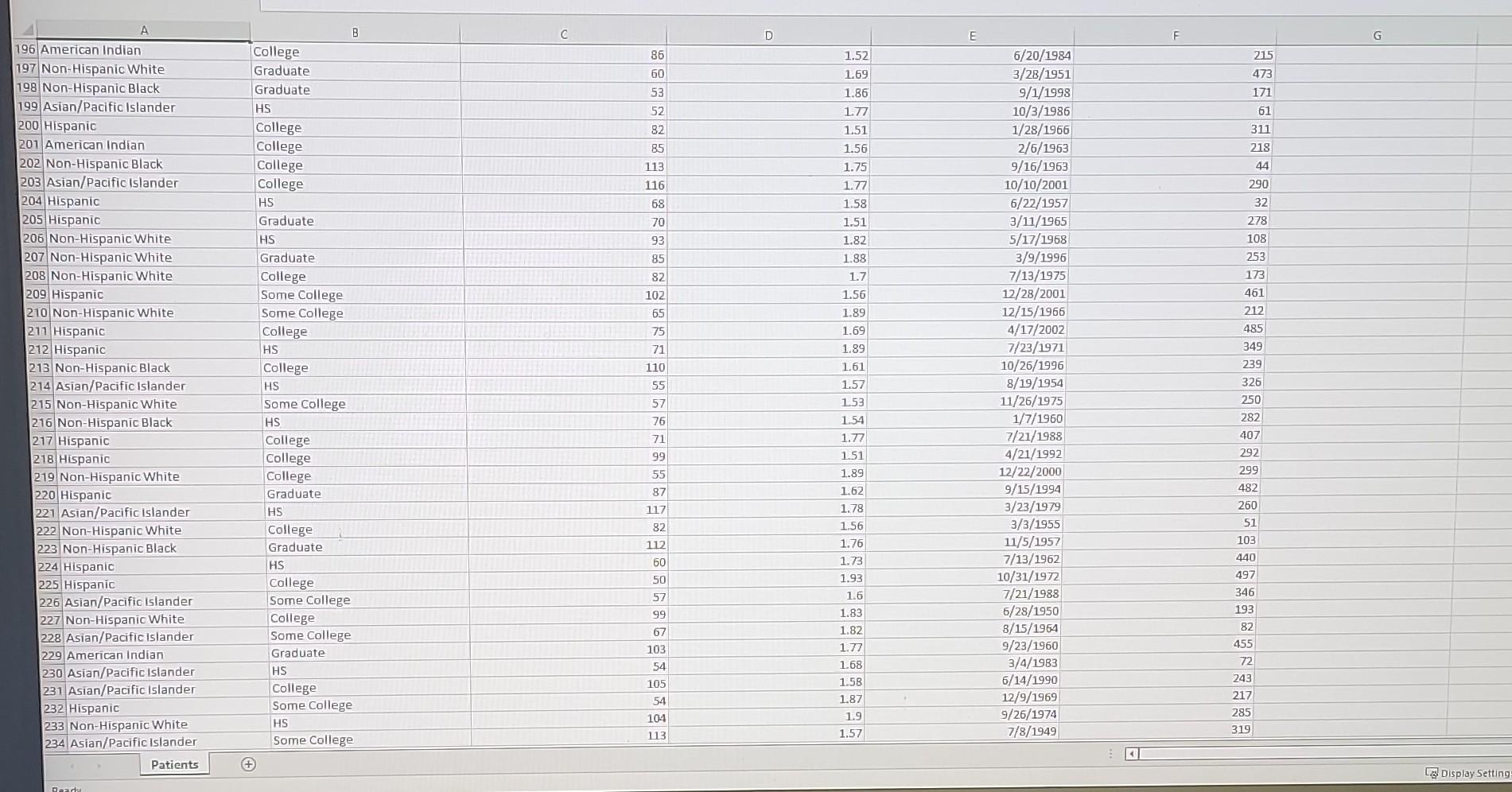
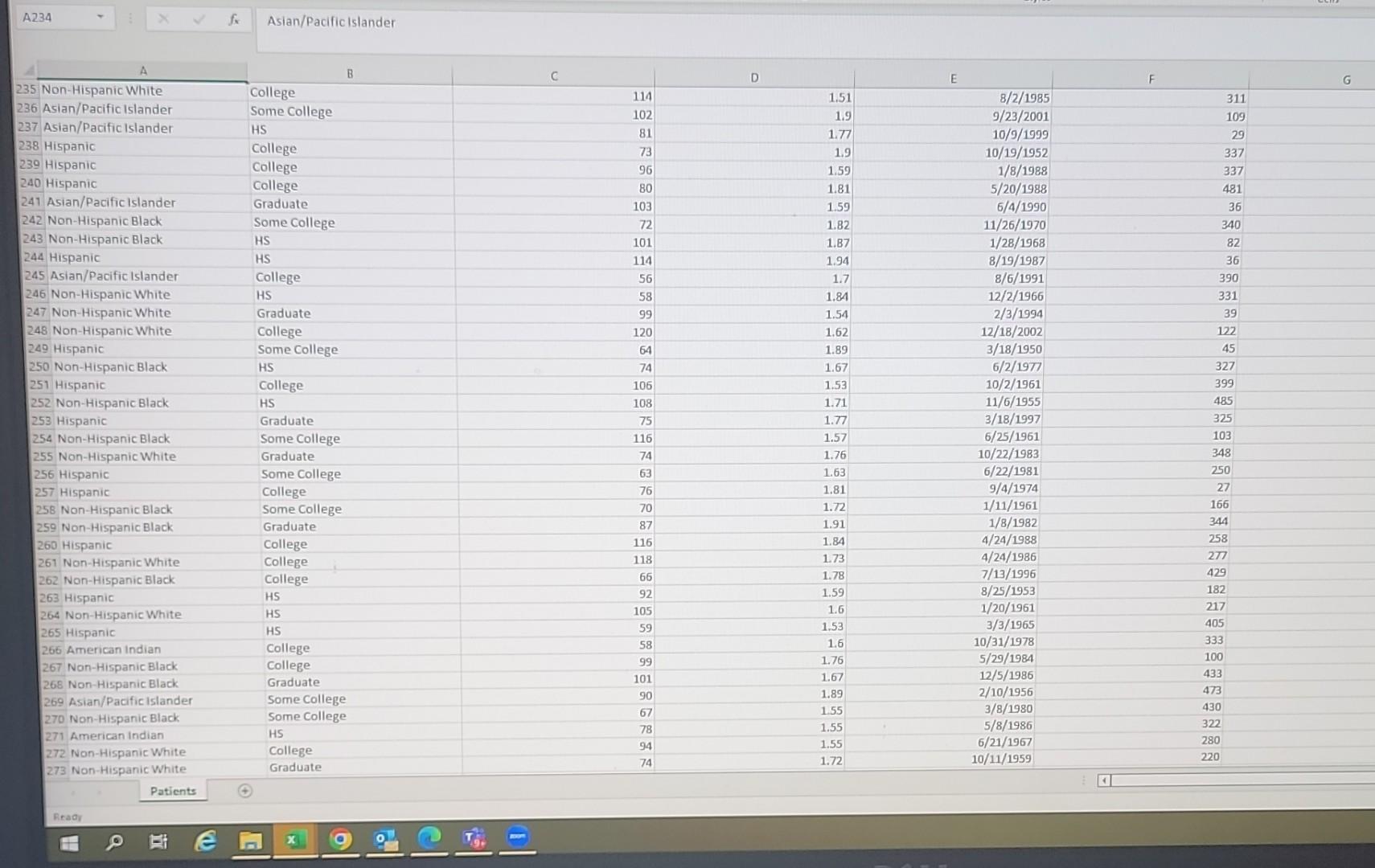
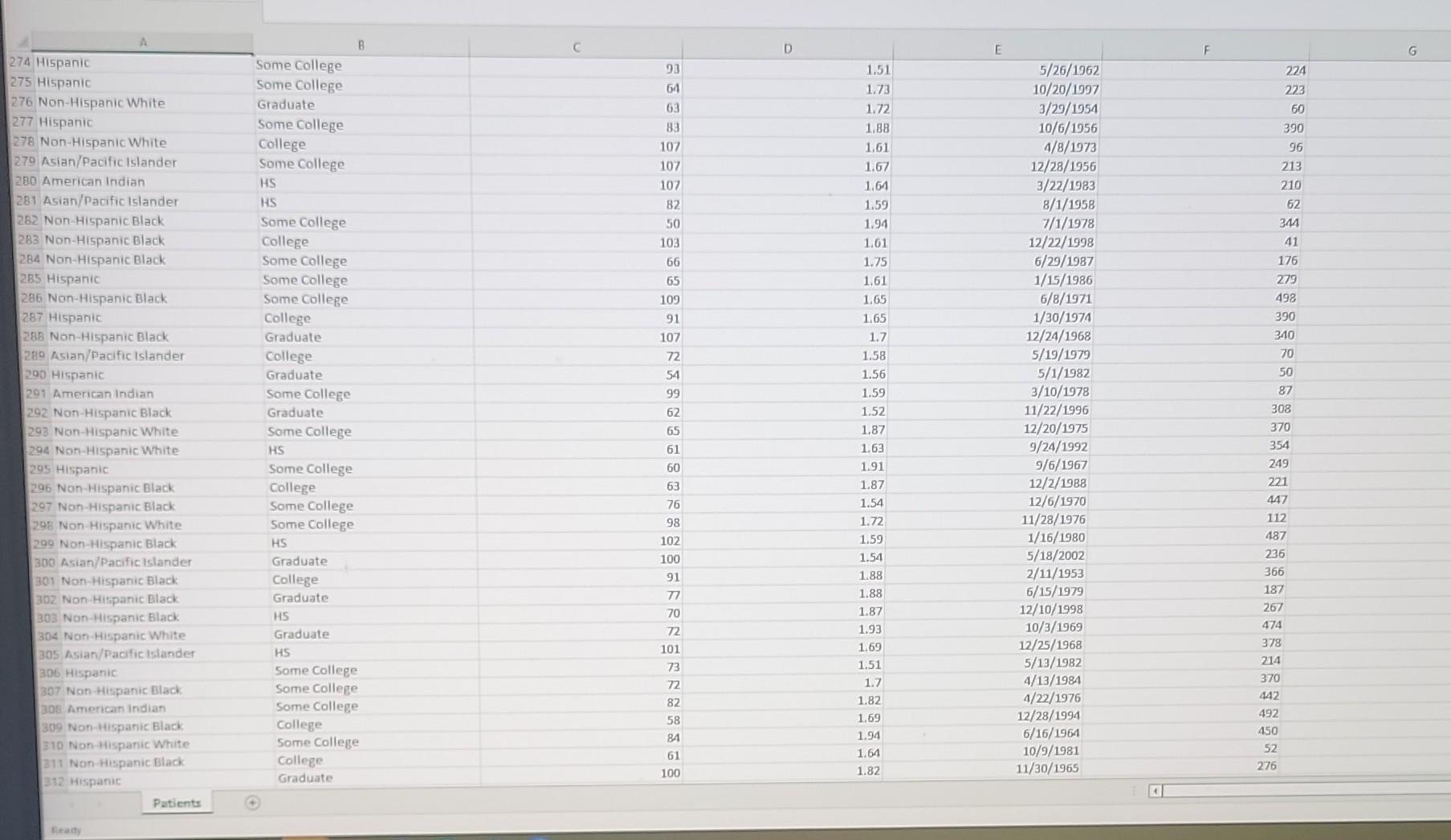
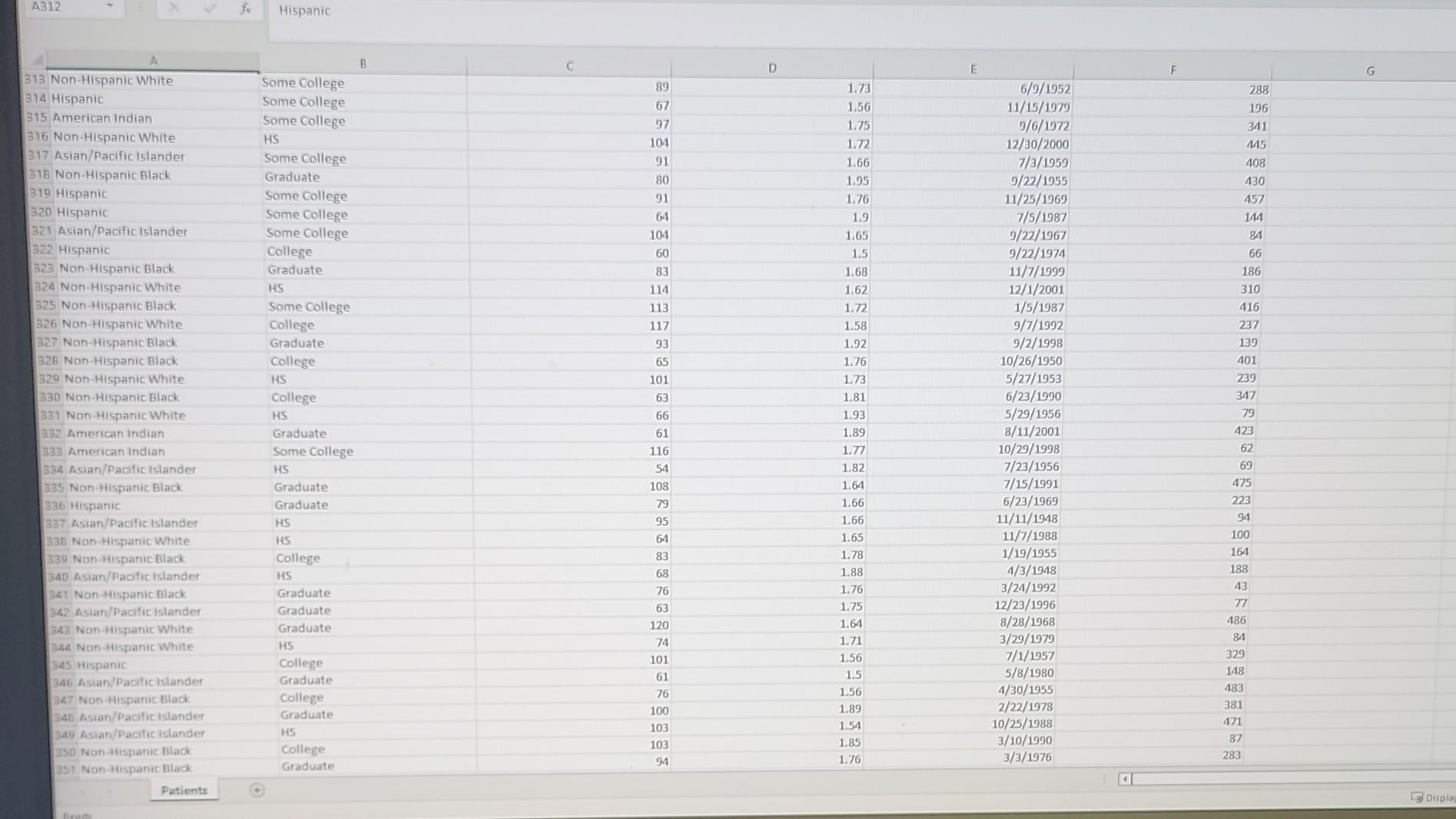
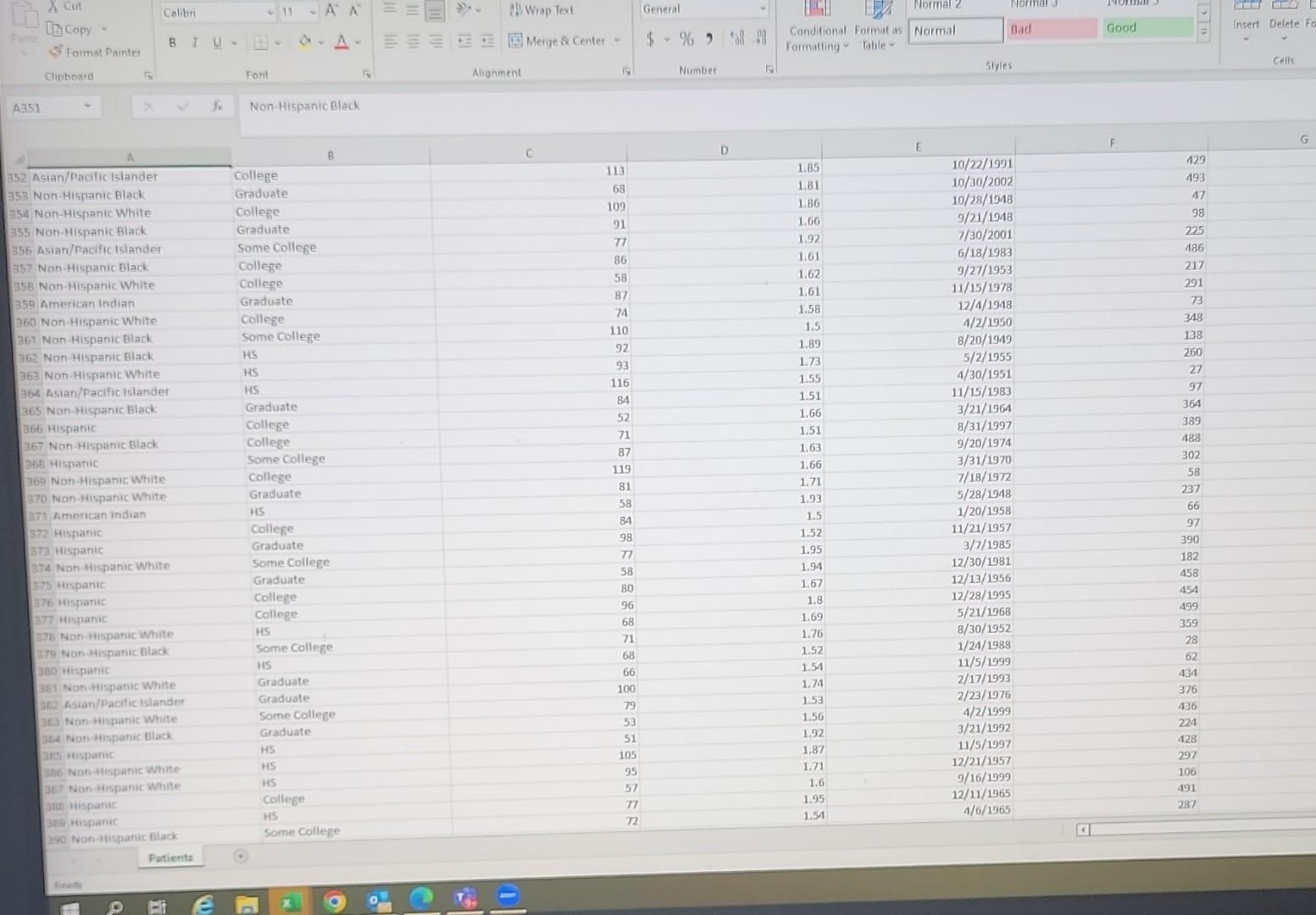
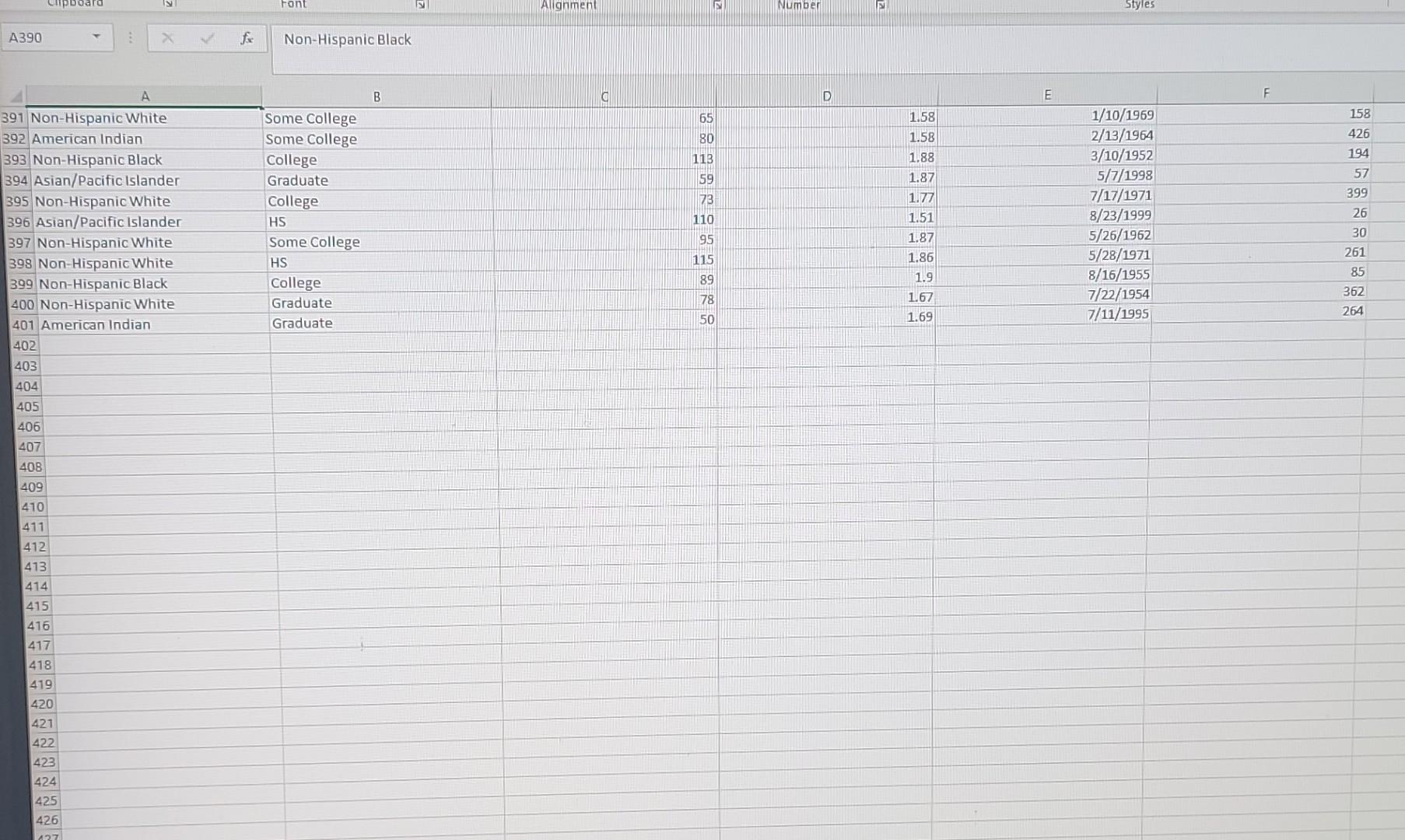

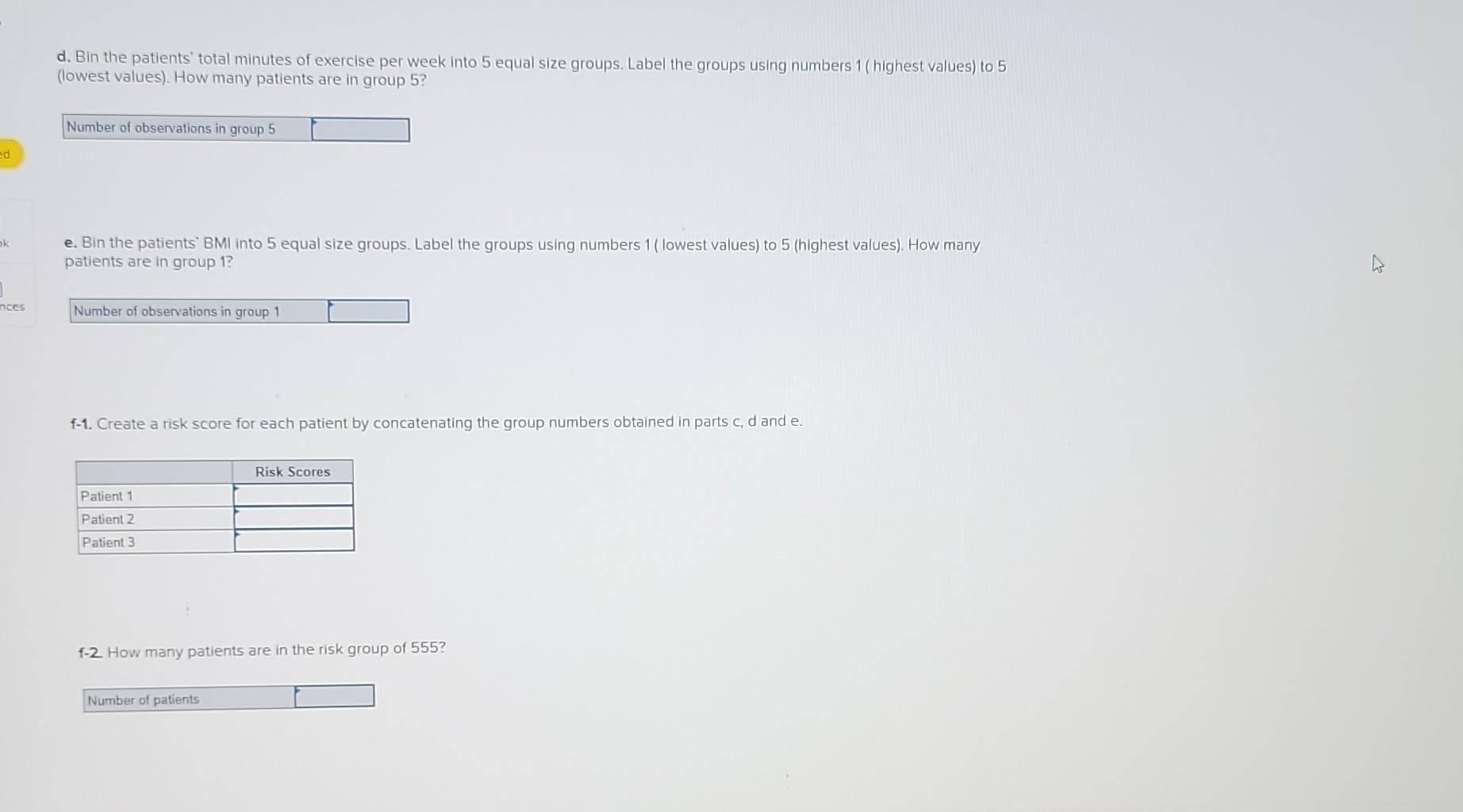
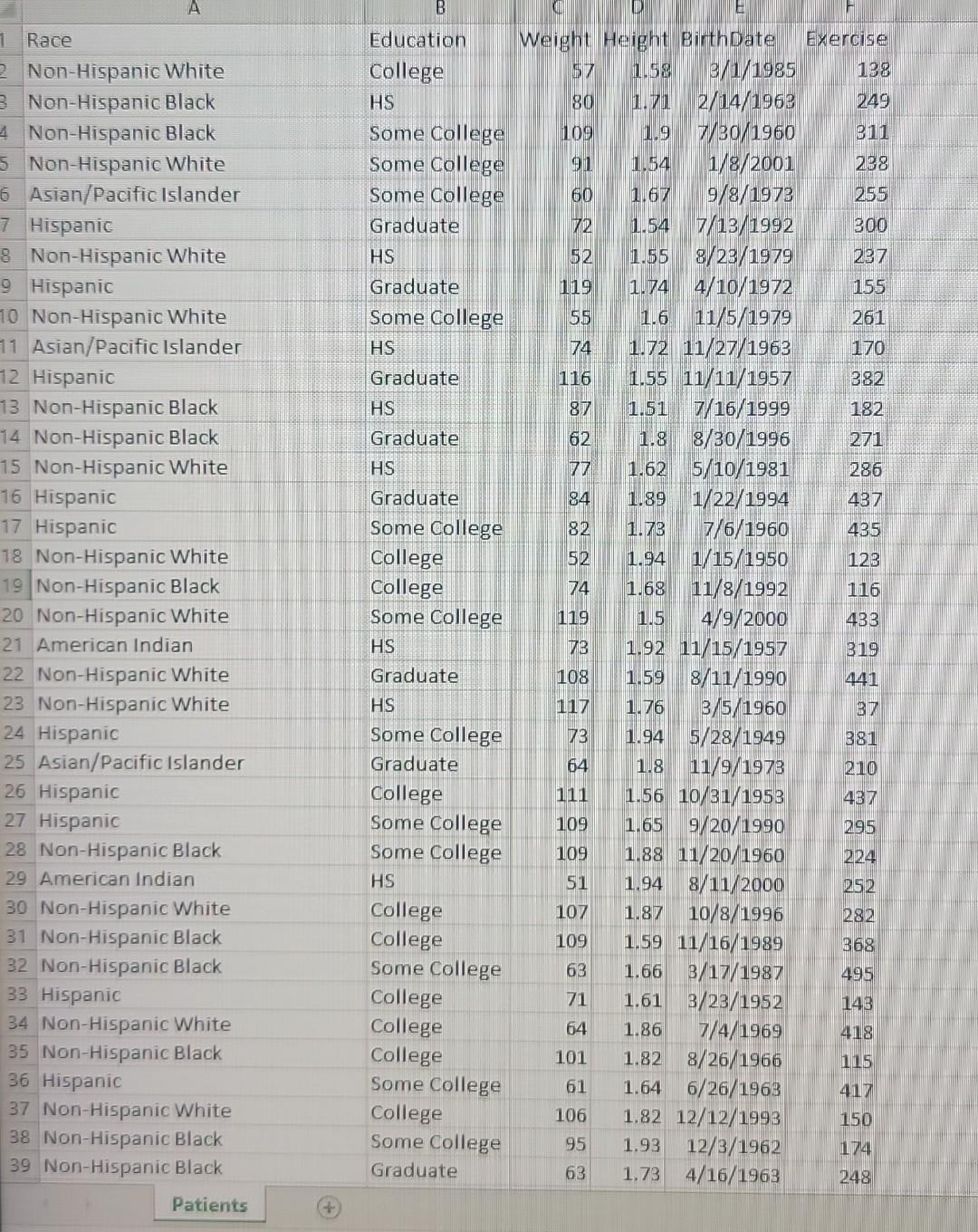
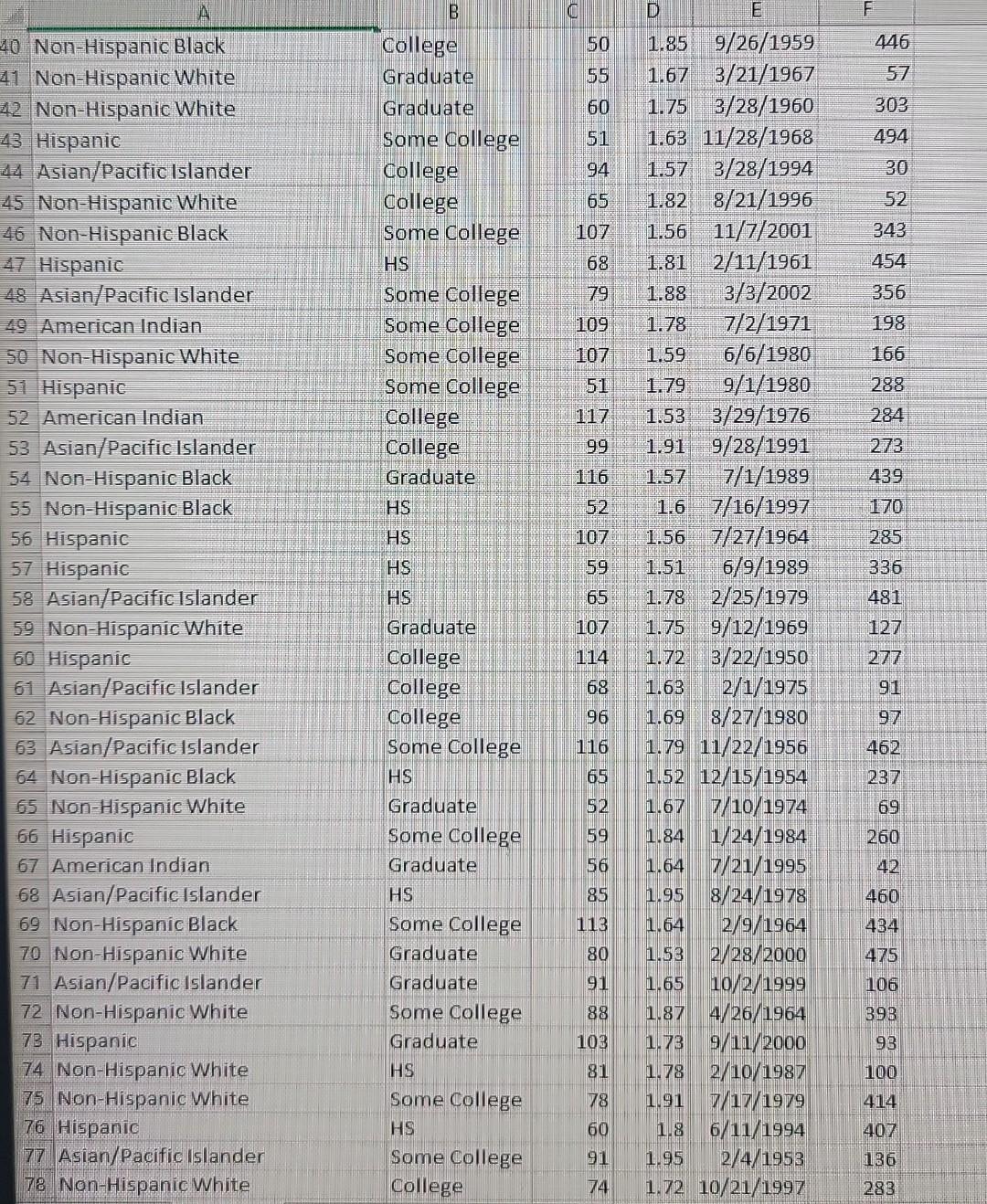
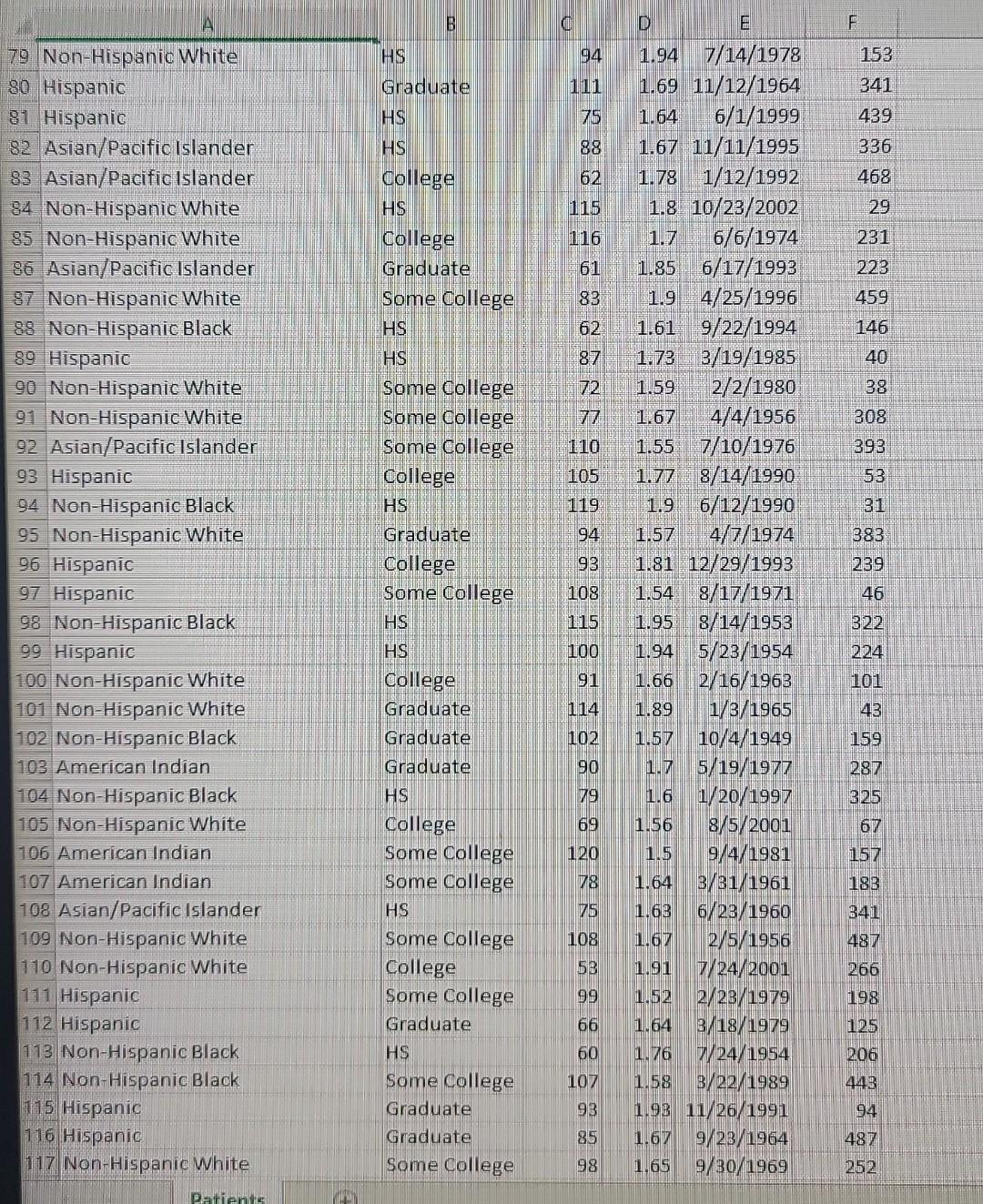
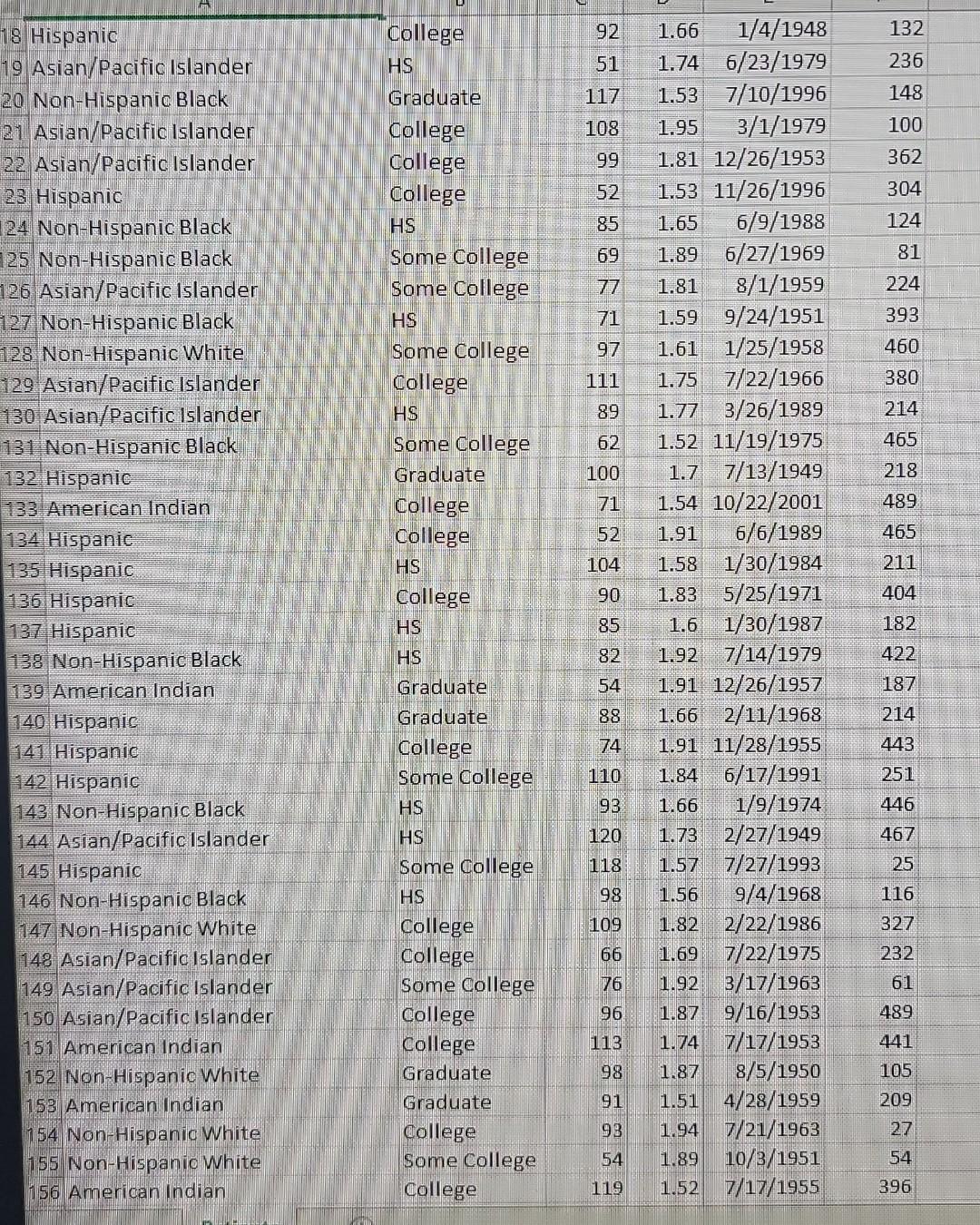
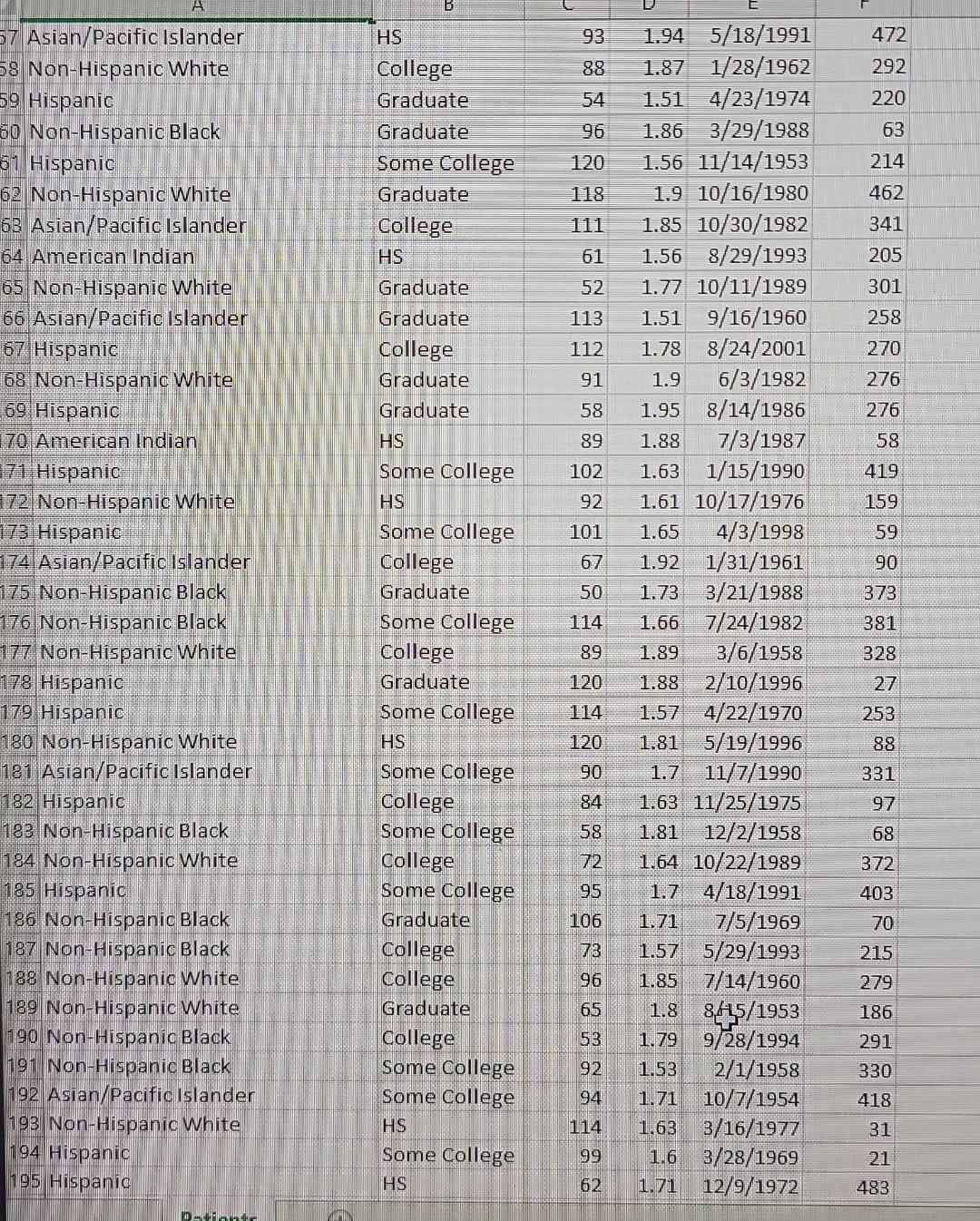
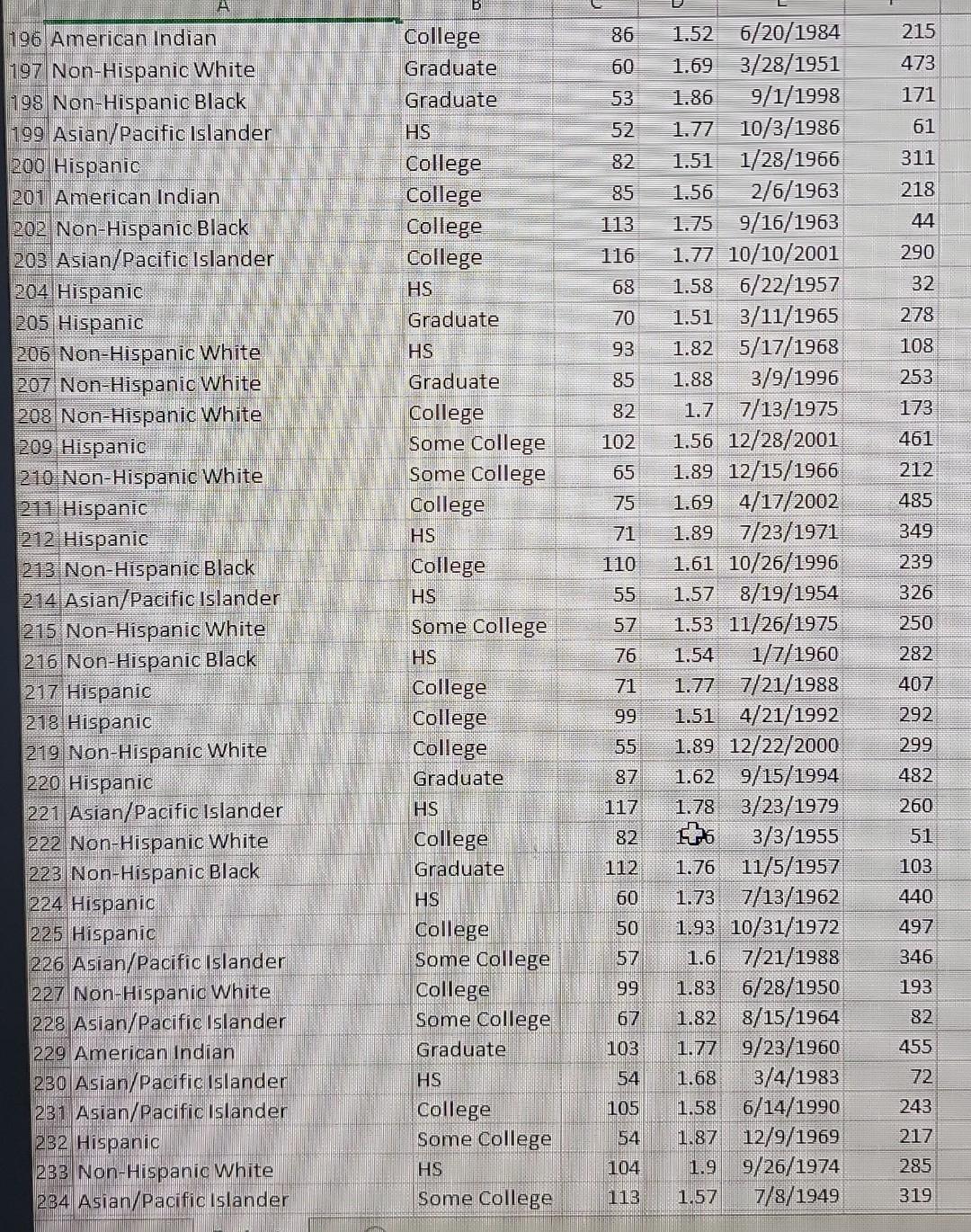
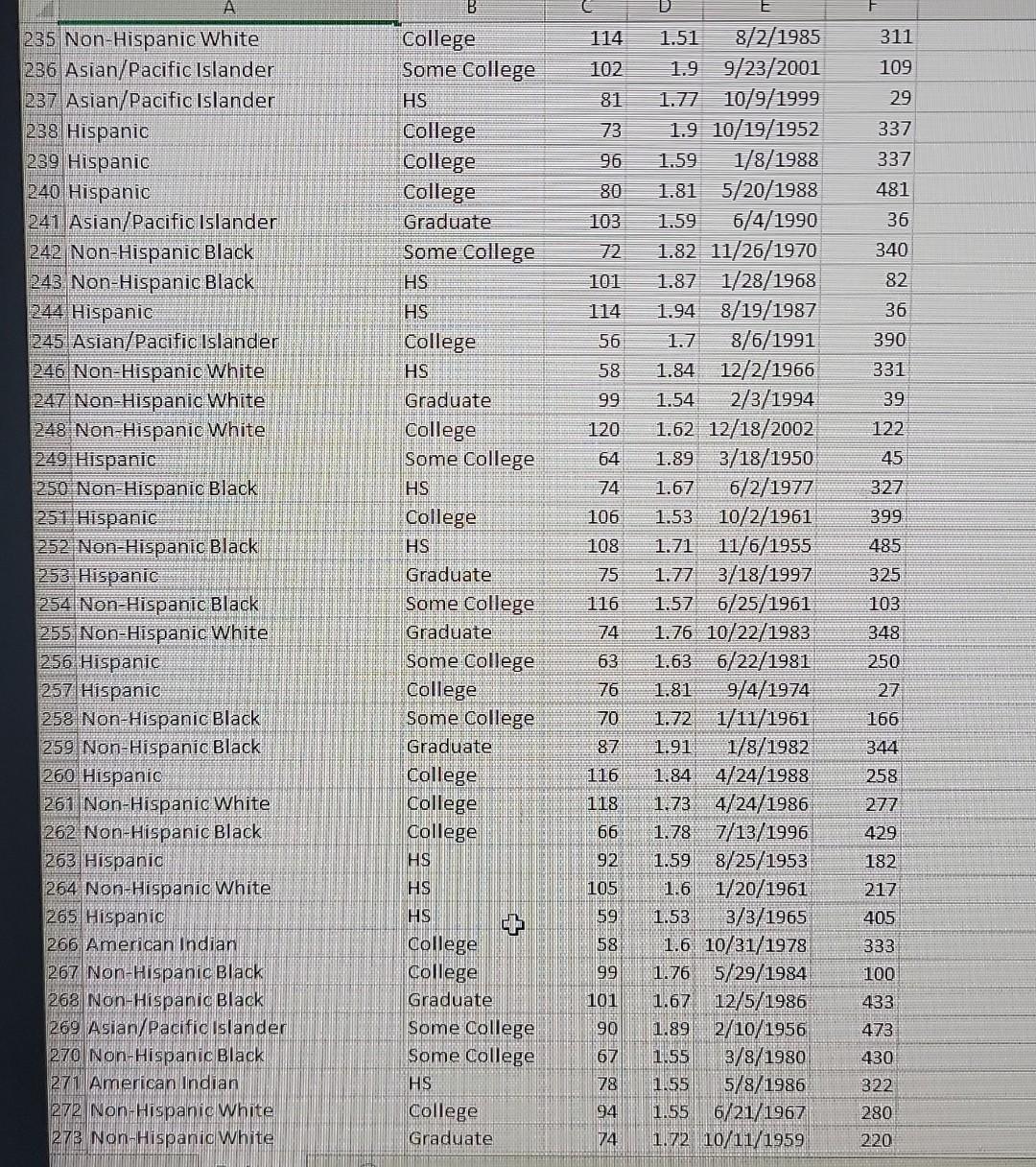
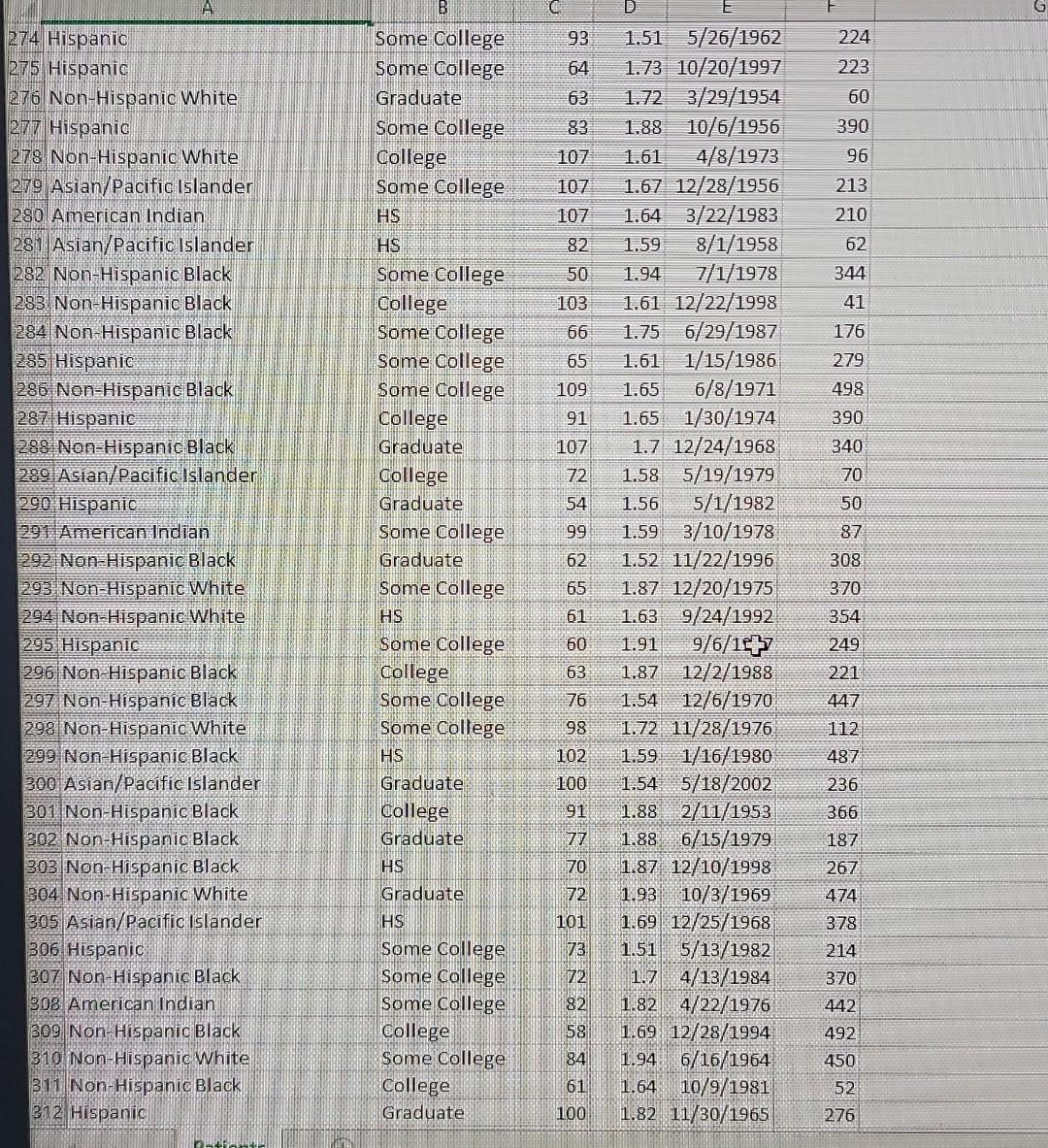

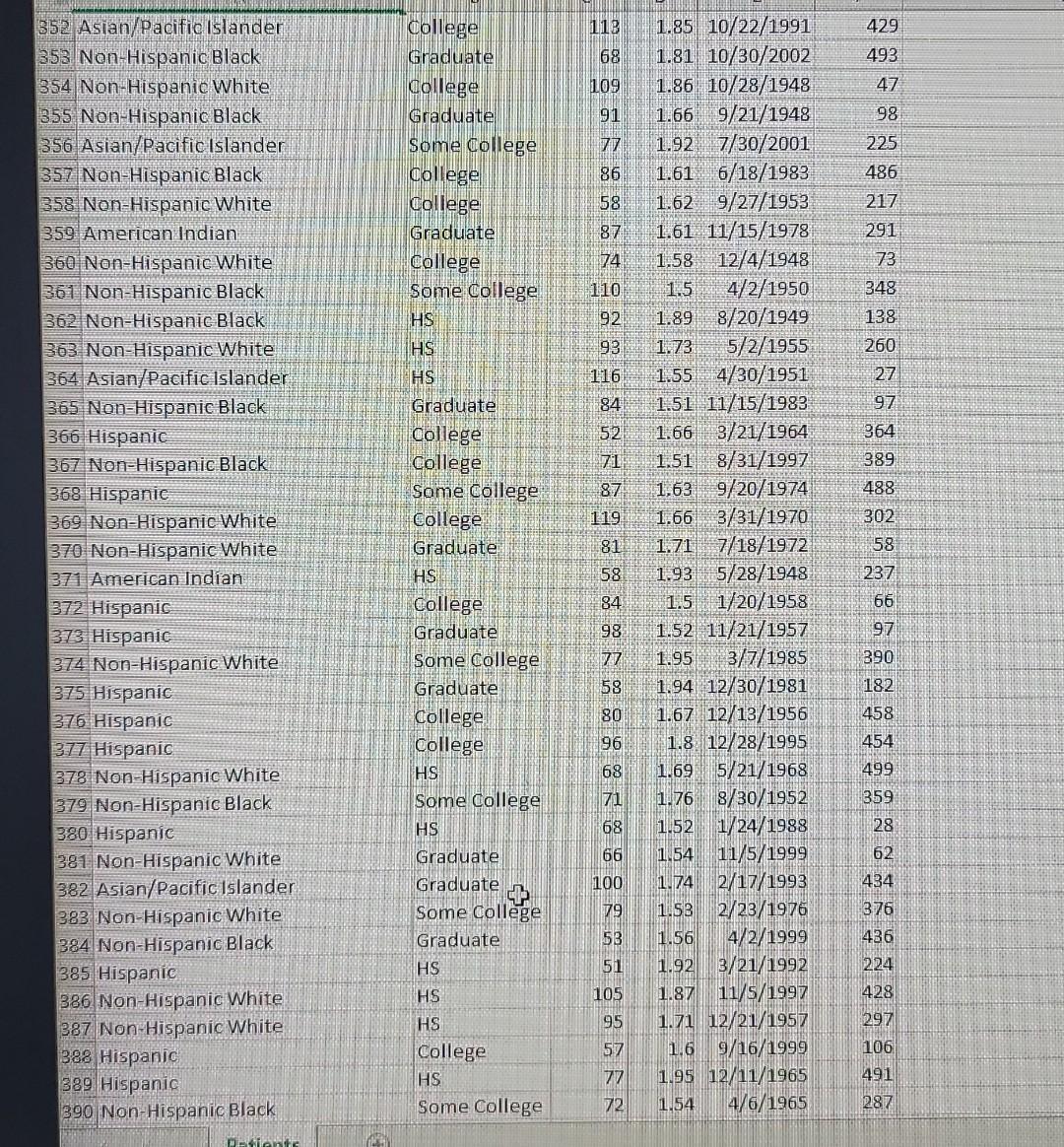
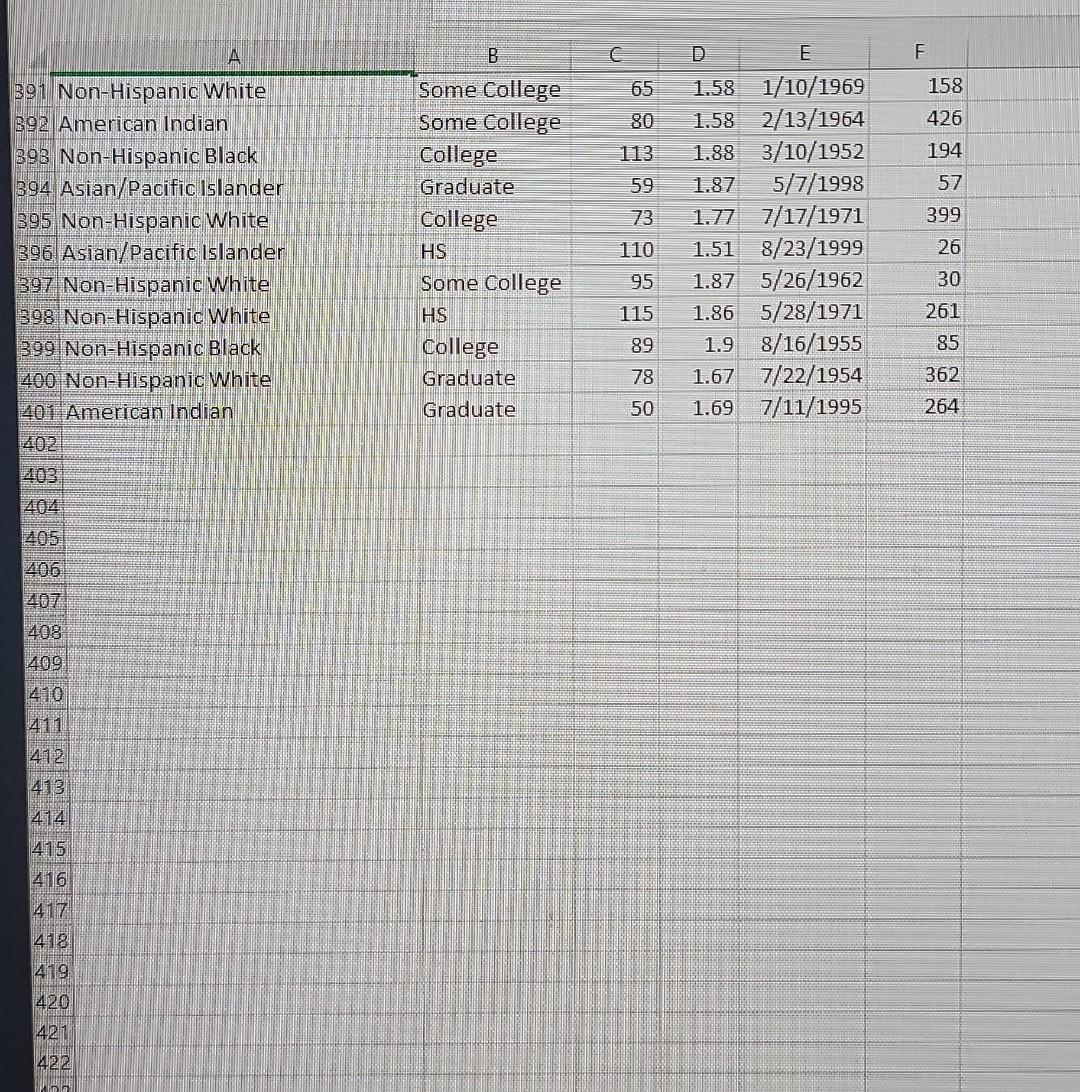

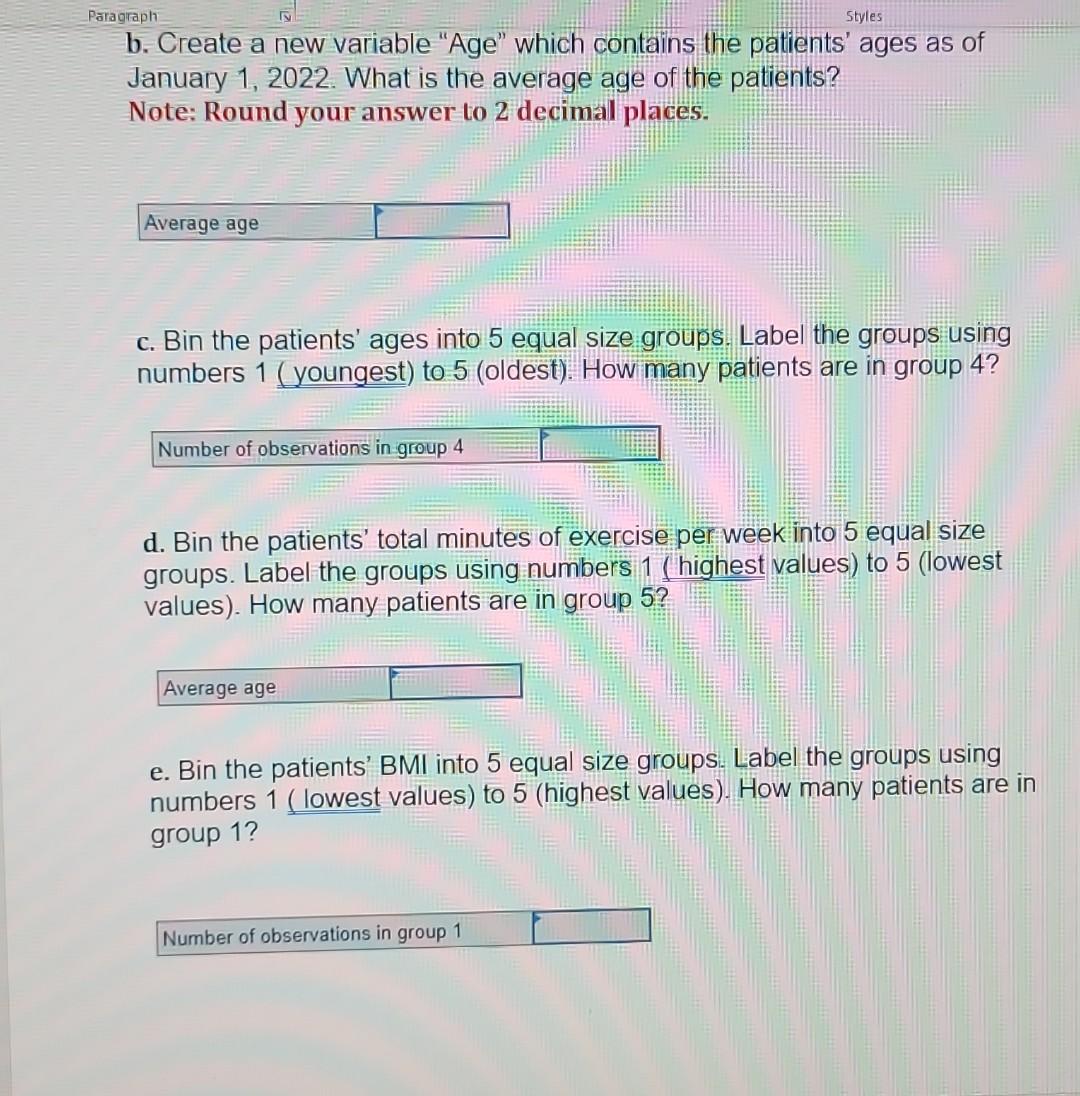
o Jerry Stevenson is the manager of a medical clinic in Scottsdale, AZ. He wants to analyze patient data to identify high-risk patients for cardiovascular diseases. From medical literature, he learned that the risk of cardiovascular diseases is influenced by a patient's age, body mass index (BMI), amount of exercise, race, and education level. Jerry has compiled the accompanying data file with the following variables for his clinic's patients: race (Race), education level (Education), body weight in kilograms (Weight), height in meters (Height), date of birth (BirthDate), and number of minutes of exercise per week (Exercise). Click here for the Excel Data File a. Create a new variable called "BMI" which contains the body mass index of the patients. BMI is calculated as weight in kilograms / (height in meters) 2. What is the average BMI of the patients? Note: Round your answer to 2 decimol places. b. Create a new variable "Age" which contains the patients' ages as of January 1, 2022 What is the average age of the patients? Note: Round your onswer to 2 decimal places. c. Bin the patients' ages into 5 equal size groups. Label the groups using numbers 1 ( youngest) to 5 (oldest). How many patients are in group 4 ? d. Bin the patients' total minutes of exercise per week into 5 equal size groups. Label the groups using numbers 1 ( highest values) to 5 (lowest values). How many patients are in group 5 ? d. Bin the patients' total minutes of exercise per week into 5 equal size groups. Label the groups using numbers 1 ( highest values) to 5 (lowest values). How many patients are in group 5 ? e. Bin the patients' BMI into 5 equal size groups. Label the groups using numbers 1 ( lowest values) to 5 (highest values). How many patients are in group 1 ? f-1. Create a risk score for each patient by concatenating the group numbers obtained in parts c, d and e. f2 How many patients are in the risk group of 555? 402403404405406407408409410411412413414415416417418419420421422 Jerry Stevenson is the manager of a medical clinic in Scottsdale, AZ. He wants to analyze patient data to identify high-risk patients for cardiovascular diseases. From medical literature, he learned that the risk of cardiovascular diseases is influenced by a patient's age, body mass index (BMI), amount of exercise, race, and education level. Jerry has compiled the accompanying data file with the following variables for his clinic's patients: race (Race), education level (Education), body weight in kilograms (Weight), height in meters (Height), date of birth (BirthDate), and number of minutes of exercise per week (Exercise). A. Create a new variable called "BMI" which contains the body mass index of the patients. BMI is calculated as weight in kilograms, (height in meters )2. What is the average BMI of the patients? Note: Round your answer to 2 decimal places. b. Create a new variable "Age" which contains the patients' ages as of January 1,2022 . What is the average age of the patients? Note: Round your answer to 2 decimal places. b. Create a new variable "Age" which contains the patients' ages as of January 1,2022 . What is the average age of the patients? Note: Round your answer to 2 decimal places. c. Bin the patients' ages into 5 equal size groups. Label the groups using numbers 1 (youngest) to 5 (oldest). How many patients are in group 4? d. Bin the patients' total minutes of exercise per week into 5 equal size groups. Label the groups using numbers 1 ( highest values) to 5 (lowest values). How many patients are in group 5 ? e. Bin the patients' BMI into 5 equal size groups. Label the groups using numbers 1 ( lowest values) to 5 (highest values). How many patients are in group 1? o Jerry Stevenson is the manager of a medical clinic in Scottsdale, AZ. He wants to analyze patient data to identify high-risk patients for cardiovascular diseases. From medical literature, he learned that the risk of cardiovascular diseases is influenced by a patient's age, body mass index (BMI), amount of exercise, race, and education level. Jerry has compiled the accompanying data file with the following variables for his clinic's patients: race (Race), education level (Education), body weight in kilograms (Weight), height in meters (Height), date of birth (BirthDate), and number of minutes of exercise per week (Exercise). Click here for the Excel Data File a. Create a new variable called "BMI" which contains the body mass index of the patients. BMI is calculated as weight in kilograms / (height in meters) 2. What is the average BMI of the patients? Note: Round your answer to 2 decimol places. b. Create a new variable "Age" which contains the patients' ages as of January 1, 2022 What is the average age of the patients? Note: Round your onswer to 2 decimal places. c. Bin the patients' ages into 5 equal size groups. Label the groups using numbers 1 ( youngest) to 5 (oldest). How many patients are in group 4 ? d. Bin the patients' total minutes of exercise per week into 5 equal size groups. Label the groups using numbers 1 ( highest values) to 5 (lowest values). How many patients are in group 5 ? d. Bin the patients' total minutes of exercise per week into 5 equal size groups. Label the groups using numbers 1 ( highest values) to 5 (lowest values). How many patients are in group 5 ? e. Bin the patients' BMI into 5 equal size groups. Label the groups using numbers 1 ( lowest values) to 5 (highest values). How many patients are in group 1 ? f-1. Create a risk score for each patient by concatenating the group numbers obtained in parts c, d and e. f2 How many patients are in the risk group of 555? 402403404405406407408409410411412413414415416417418419420421422 Jerry Stevenson is the manager of a medical clinic in Scottsdale, AZ. He wants to analyze patient data to identify high-risk patients for cardiovascular diseases. From medical literature, he learned that the risk of cardiovascular diseases is influenced by a patient's age, body mass index (BMI), amount of exercise, race, and education level. Jerry has compiled the accompanying data file with the following variables for his clinic's patients: race (Race), education level (Education), body weight in kilograms (Weight), height in meters (Height), date of birth (BirthDate), and number of minutes of exercise per week (Exercise). A. Create a new variable called "BMI" which contains the body mass index of the patients. BMI is calculated as weight in kilograms, (height in meters )2. What is the average BMI of the patients? Note: Round your answer to 2 decimal places. b. Create a new variable "Age" which contains the patients' ages as of January 1,2022 . What is the average age of the patients? Note: Round your answer to 2 decimal places. b. Create a new variable "Age" which contains the patients' ages as of January 1,2022 . What is the average age of the patients? Note: Round your answer to 2 decimal places. c. Bin the patients' ages into 5 equal size groups. Label the groups using numbers 1 (youngest) to 5 (oldest). How many patients are in group 4? d. Bin the patients' total minutes of exercise per week into 5 equal size groups. Label the groups using numbers 1 ( highest values) to 5 (lowest values). How many patients are in group 5 ? e. Bin the patients' BMI into 5 equal size groups. Label the groups using numbers 1 ( lowest values) to 5 (highest values). How many patients are in group 1
Step by Step Solution
There are 3 Steps involved in it
Step: 1

Get Instant Access to Expert-Tailored Solutions
See step-by-step solutions with expert insights and AI powered tools for academic success
Step: 2

Step: 3

Ace Your Homework with AI
Get the answers you need in no time with our AI-driven, step-by-step assistance
Get Started


